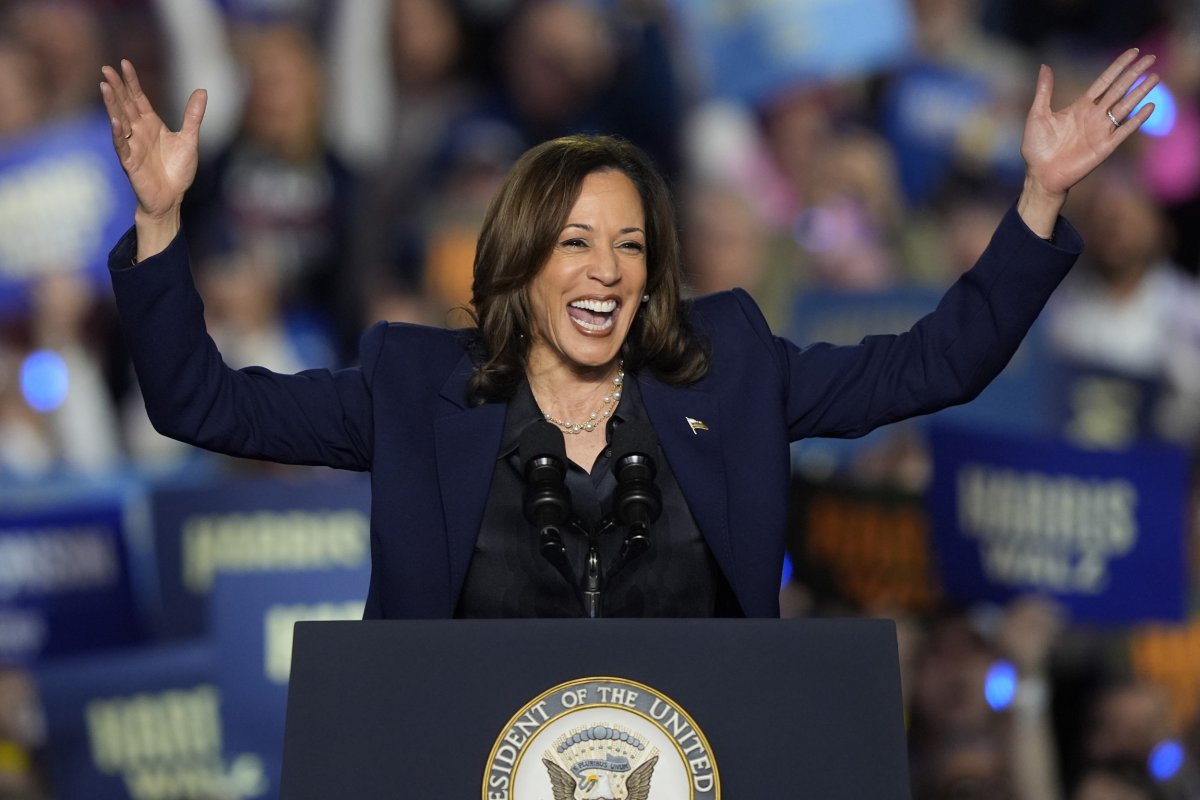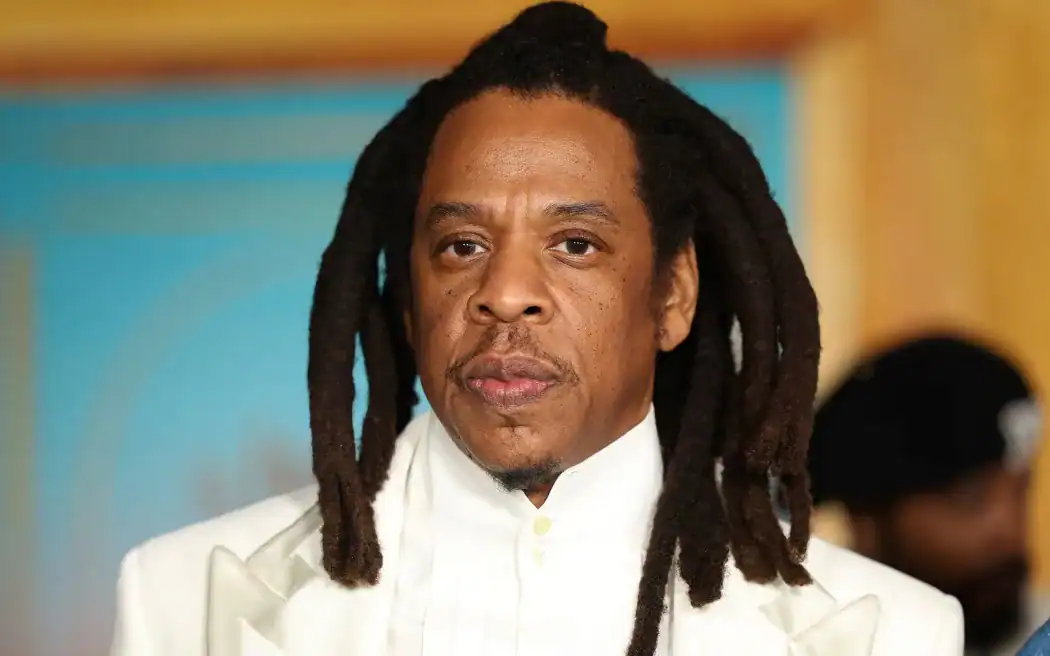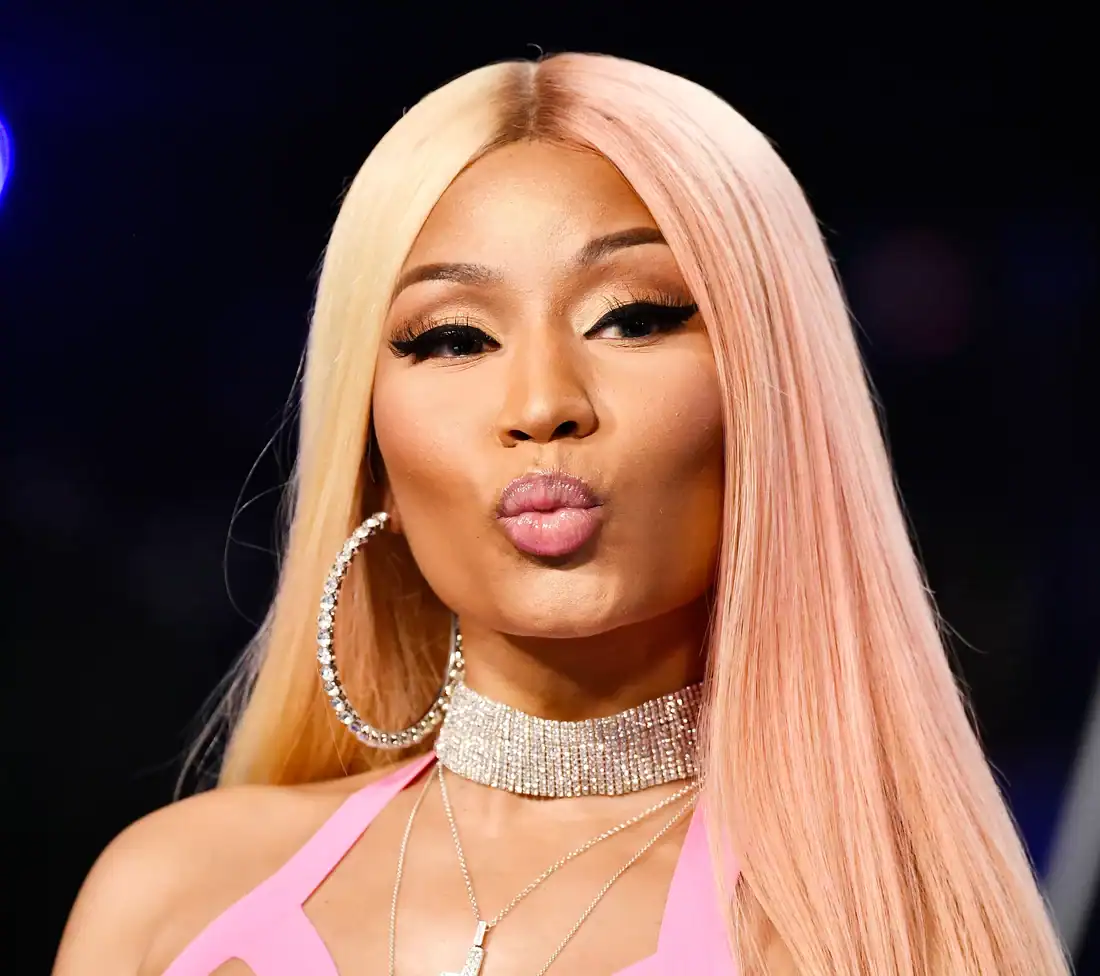As the race to the White House intensifies, the prospect of the U.S. finally having its first female president is getting closer.
Kamala Harris would be far from the first woman to run a country, but not many women have maintained political leadership roles historically.
A new report by the Pew Research Center revealed that only a third of United Nations member states have ever had a female leader, and women currently serve as leaders in 13 of the 193 member nations.
Women are currently leading nations including Mexico, Barbados, Denmark, Thailand, Marshall Islands, Tanzania, Samoa, Honduras, Italy, Peru, Bosnia and Herzegovina, Latvia, and Switzerland.
Moreover, the report found that nine of the 13 female world leaders are their country's first woman leaders.
When Did Women Start To Become World Leaders?
The first female world leader was elected in Sri Lanka, then known as Ceylon, when Sirimavo Bandaranaike became prime minister in 1960.
The tide began to turn globally in the 1990s and the 2010s, but since then, only 60 countries, 31 percent of U.N. member states, have ever had a woman leader.
Jennifer Piscopo, a professor of gender and politics at the Royal Holloway University of London, told Newsweek that this speaks to the broader pattern of underrepresentation of women in positions of power.
"At the UN level, it's not just which countries who are members of the UN are led by women, but who is leading the UN member state delegations, because it's those women that have the voice in the UN negotiations, and that there has not been a woman who's been secretary general of the UN," Piscopo said, adding that women have also been underrepresented as top diplomats and top leaders of international organizations.
Piscopo said, "When political scientists think about gender, they're also thinking not just about counting bodies, but they're thinking about what are the structures of power even within institutions, even when women are or are not present in certain numbers that are still affecting who has influence, who has access, and who has a voice."
What Do Americans Think Of a Woman President?
Although Kamala Harris is not the first woman to run for president in the U.S., she might be the first candidate Americans are ready for, as new polls indicate that the majority of Americans believe the country is ready for a female president.

A poll surveying 2,000 voters aged 18 to 34 conducted by US News in late August found that more than 80 percent of voters in key battleground states said that a woman could be an effective president and strong leader.
Furthermore, 68 percent of respondents in the states surveyed including Arizona, Georgia, Michigan, Nevada, Pennsylvania, Wisconsin, and Ohio, said that they believed the US is ready to elect a woman president, while 10 percent disagreed.
Why Has The U.S. Never Had a Woman President?
Sarah Shair-Rosenfield, a professor of comparative politics at the University of York, argued that the structure of political institutions can influence gender in politics and who comes to power. She noted that it is easier for women to be elected as prime ministers rather than presidents, as the presidency of the U.S. is a fully directly elected post, as opposed to running for just a regular seat and then becoming a prime minister per the British electoral system, which saw its first woman leader in 1979.
She also noted that the 1990s through until the 2010s was a period of success for women obtaining both larger political leadership roles in countries including the Philippines, Costa Rica, Brazil, and Chile, and a period in which American women gained ground in achieving smaller roles at the state level that led to national leadership roles.
When discussing how gendered language influences perceptions of political leadership, particularly within the U.S., Shair-Rosenfield said, "For Harris, portrayals of her are kind of all over the place, both in the language that people used to speak about her, but also the language they use to kind of describe what's going on about her."
She added that the language around her candidacy portrays her in many different ways and is often contradictory, as she has been accused of being too robotic, but also described as empathetic.
Shair-Rosenfield noted that Harris, like Hillary Clinton in 2016, has received criticism specifically regarding her stances on foreign policy and her ability to be "tough" and "strident." She said, "men rarely receive that kind of criticism about how they're portrayed in the context of things like foreign policy and security issues."
Shair-Rosenfield said that overall, the trend of gender in politics globally has been increasingly positive since the early 1980s, as more countries have become more accustomed to electing women in various leadership roles.
However, she noted that another trend appears to be that there is little sustained experience in electing female leaders, as "there are very few places that after they elect women, tend to keep electing women."
Do you have a story we should be covering? Do you have any questions about this article? Contact LiveNews@newsweek.com.



















:quality(85):upscale()/2024/04/24/878/n/3019466/36c5693c662965c5d1ce91.72473705_.jpg)
 English (US) ·
English (US) ·